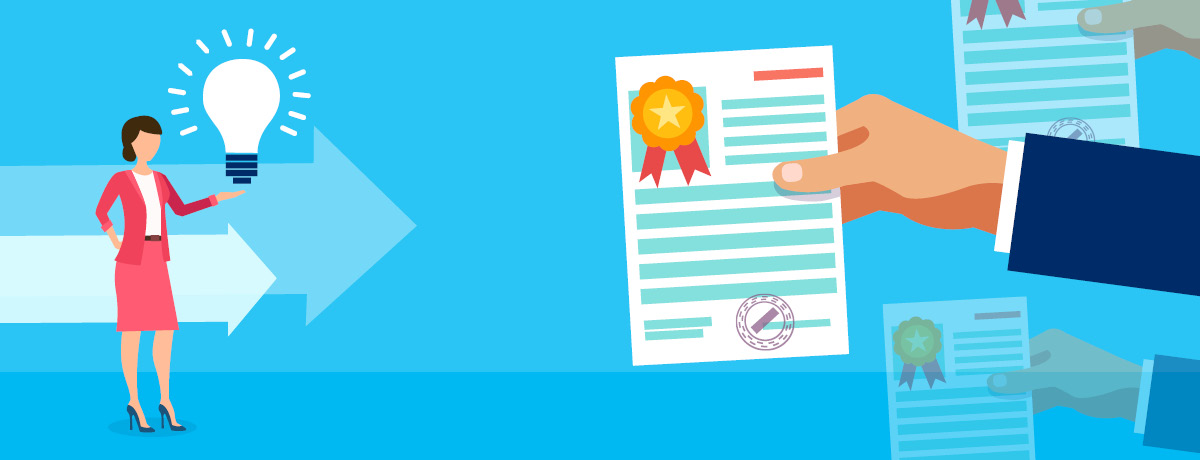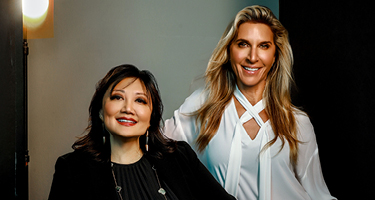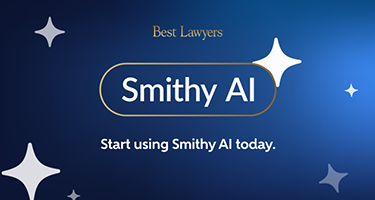Patents protect innovation. They give inventors exclusive rights to make, use and sell their creations, often determining whether an idea becomes a profitable business or an opportunity lost to competitors. But securing a patent is more than filling out forms. It requires precision, strategy and an understanding of how the U.S. Patent and Trademark Office (USPTO) works.
What a Patent Is and the Different Types
A patent is a form of intellectual property granted by the federal government that gives its holder the exclusive right to make, use, sell or import an invention for a set period of time. In exchange for these rights, the inventor must publicly disclose how the invention works.
This trade-off encourages innovation by rewarding inventors while adding to the body of technical knowledge available to others.
In the United States, patents fall into three main categories:
1. Utility Patents
Utility patents are the most common and protect new and useful processes, machines, manufactured articles and chemical compositions, as well as improvements to existing ones.
They last 20 years from the filing date, provided maintenance fees are paid on time. The scope can be broad, covering everything from pharmaceutical compounds to industrial equipment.
2. Design Patents
Design patents safeguard the ornamental design of a functional item. They don’t cover how something works, only its unique visual appearance. A design patent lasts 15 years from the date of issuance and is often used for consumer products, packaging and interface layouts.
3. Plant Patents
Plant patents protect new and distinct plant varieties that are asexually reproduced, such as through grafting or cuttings. These patents also last 20 years from the filing date and are critical in agriculture, horticulture and commercial plant breeding.
Choosing the right patent type matters. The protection you receive depends on the category, the claims made in your application and whether your invention meets the eligibility criteria of novelty, usefulness and non-obviousness.
What Cannot Be Patented
Not every idea can be protected with a patent. U.S. law excludes:
- Laws of nature: You can’t patent gravity, photosynthesis or other naturally occurring phenomena.
- Abstract ideas: Basic economic principles or pure algorithms without a practical application aren’t eligible.
- Mathematical methods: Equations on their own are not patentable.
- Naturally occurring substances: A mineral you dig up or a plant found in the wild is ineligible unless it’s genetically altered.
- Certain business methods: Many business models fall under abstract ideas unless tied to a specific technological process.
The Step-by-Step Patent Process
Patents involve a multi-stage process that often takes years from start to finish.
1. Conduct a Prior Art Search
A prior art search checks whether your invention—or something too similar—already exists. This step can prevent wasted time and money if someone else holds rights to a similar idea.
2. Decide Between Provisional and Non-Provisional Applications
A provisional application establishes an early filing date but isn’t examined. It’s cheaper and gives you 12 months to file a non-provisional application, which starts the formal review process.
3. File the Application
The USPTO examines your application to ensure it meets all legal and technical requirements. Detailed claims, drawings and descriptions are critical.
4. Respond to USPTO Office Actions
Examiners often issue “office actions” requesting clarifications or amendments. You must respond promptly to keep the application alive.
5. Receive Approval or Rejection
If approved, you’ll pay an issue fee and receive your patent. If rejected, you can appeal or amend the application.
6. Pay Maintenance Fees
For utility patents, fees are due at 3.5, 7.5 and 11.5 years after issuance to keep rights in force. Some inventors opt for accelerated review, which can shorten the wait to about a year.
Patent Timelines
Most utility patents take 18 to 24 months from filing to first USPTO action, but full approval can take two to five years. Delays happen when applications are complex, face heavy examiner backlogs or require multiple amendments. Design patents generally move faster, averaging 12 to 18 months.
Patent Costs
Costs vary widely. For a provisional application, the filing fees are around $600, but could be less depending on whether you qualify as a micro- or small-entity. Professional preparation can add upwards of $5,000 or more, especially if your patent is complex.
Non-provisional applications are more expensive. Attorney fees often range between $5,000 and $15,000 depending on complexity. Maintenance fees over the life of the patent add several thousand dollars more.
Simple inventions cost less to prepare and defend. Complex technologies—especially in biotech or software—require more extensive claims and technical drawings, which raises costs.
Filing With or Without a Lawyer
It’s possible to file a patent yourself through the USPTO’s Electronic Filing System, but self-filing carries risk. Patent language must be precise—an unclear claim can leave gaps competitors exploit. Mistakes in drawings, descriptions or claim scope can lead to rejection or a weak patent.
Some inventors choose self-filing for provisional patents to save costs, then hire counsel for the non-provisional stage. Professional help is strongly recommended for complex inventions, contested filings or international protection.
Protecting an Idea Before and After Filing
Until you file, your idea is vulnerable. Use non-disclosure agreements (NDAs) when discussing it with manufacturers, investors or collaborators. Keep detailed documentation of development, including dated sketches, prototypes and test results.
Once filed, you gain “patent pending” status, which signals to competitors that rights may soon be granted. Enforcement, however, begins only once the patent is issued.
Options for Lower Costs or Faster Processing
Inventors with limited budgets can explore:
- Provisional patents: Secure a filing date at lower cost while refining the invention.
- Micro-entity and small-entity status: Reduces many USPTO fees by 60 to 80 percent.
- Accelerated prioritized examination: Higher filing fee but potential for approval in about a year.
Be wary of invention promotion companies that promise easy patents and quick profits. Many operate on high fees and low results.
When a Patent Might Not Be the Best Choice
Not every product needs a patent. If your invention’s market life is shorter than the time it takes to secure rights, the return on investment may be low. In industries where reverse engineering is difficult—like secret recipes—trade secret protection can be more effective and less expensive.
Patents also become public once published, meaning competitors can study your design. If secrecy offers a competitive advantage, keeping the invention confidential may be smarter.
Patents are powerful tools for protecting innovation, but the process demands foresight, accuracy and patience. From determining eligibility to managing costs and timelines, every step requires informed decisions that can shape the future of your invention.
If you’re ready to file your patent, use the Best Lawyers directory to connect with experienced patent attorneys who can help you secure the protection your ideas deserve.
































